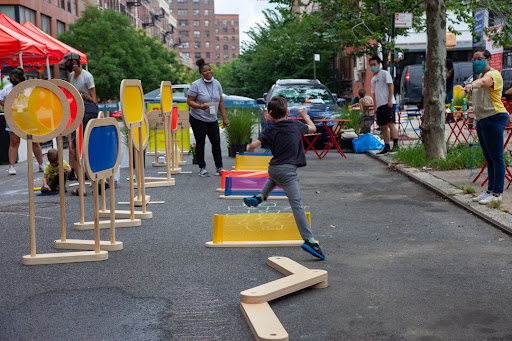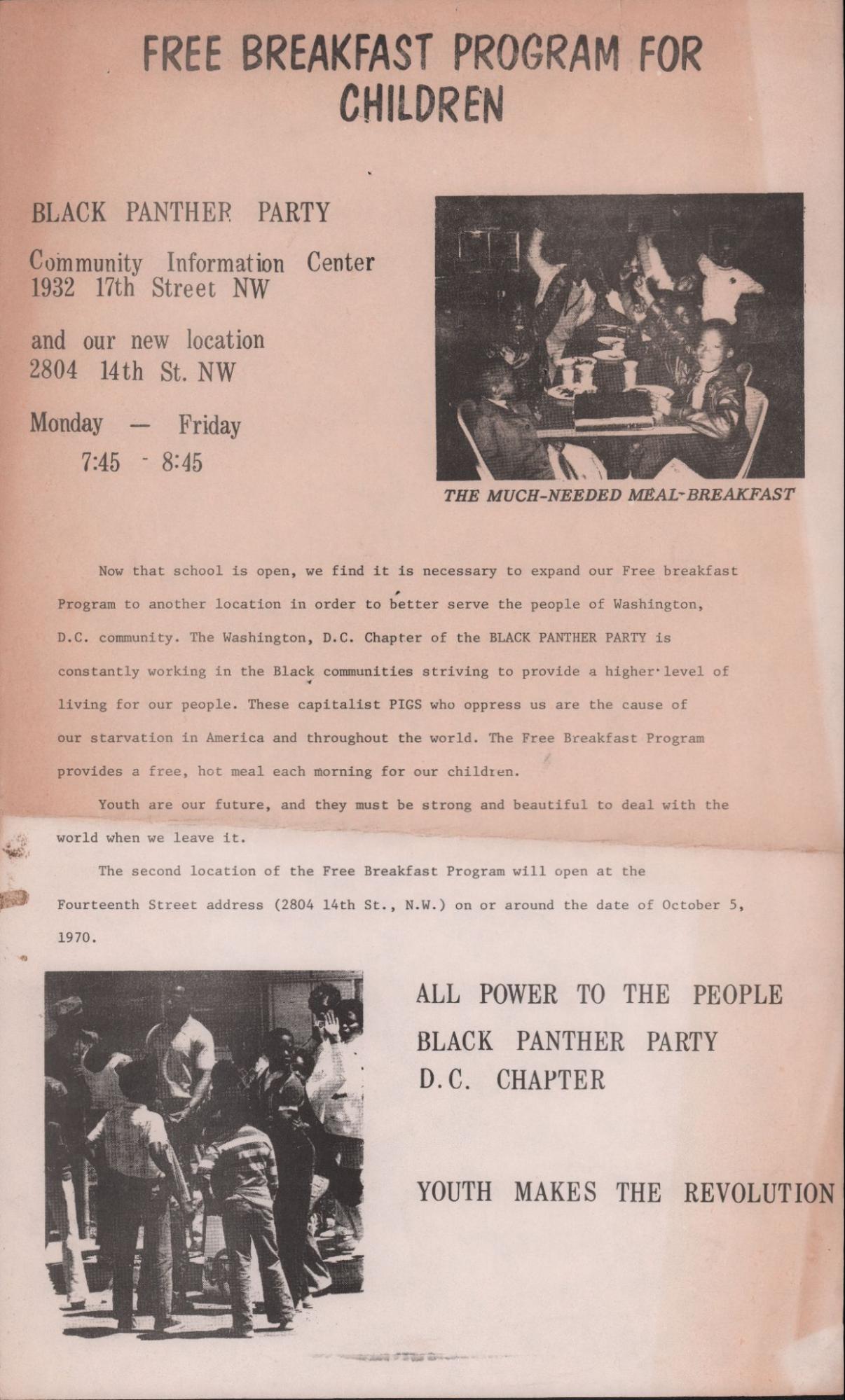5.2 Social Welfare or Safety Net?
What comes to mind when you hear the word welfare? If you’re like some Americans, the word carries negative connotations. People often think of words like poverty, entitlement, handout, or free money when they think of welfare. These terms have an association with poverty to many Americans, and they are connected to classist ideas and structures. They do not consider the ways systems of oppression have affected and continue to affect how different groups of people feel poverty. You may even have specific images of what people receiving any governmental support look like, learned from movies or media shown in previous literature. When our biases show up, it is critical the human services providers consider them when discussing clients and the definitions of words we use daily.
What the word welfare means is far less contentious and divisive. Welfare encompasses the overall state of well-being. Although welfare is often associated with specific public assistance programs, it is important to recognize that these programs are only part of a larger social safety net system. This system is composed of various organizations, programs, and agencies designed to provide support for individuals and communities in need.
The social safety net system is a comprehensive network of institutions that aims to address different aspects of people’s lives. These include their educational, financial, social, and health care needs. Institutions such as schools, colleges, and universities help people acquire knowledge and skills essential for their personal and professional growth. Financial institutions, such as banks and credit unions, help people to manage their money, save for the future, and access credit. Social welfare institutions, including community centers, social service agencies, and nonprofit organizations, aim to promote social well-being by providing assistance and support to those most in need. Health institutions, such as hospitals, clinics, and health centers, help people to maintain good physical and mental health.
In our daily lives, we encounter a myriad of social welfare institutions that are not only essential, but indispensable in supporting our well-being. Whether it is a childcare center that provides a safe and nurturing environment for children, a food bank that ensures access to nutritious food, or a shelter for the unhoused that provides temporary housing and support services, these institutions are the backbone of our communities. Here are a few more examples:
- Public education
- Police and fire departments
- Public libraries
- Hospitals
- Houses of worship
- City and state departments that determine funding for parks, roadways, bike lanes, and sidewalks, as depicted in figure 5.1
- Human services, social work agencies, nonprofit community organizations
- Counseling centers, food pantries, cultural community centers

The provided by human service workers in a variety of positions and roles have the common thread of working toward the well-being of individuals, families, and society. As you learned in Chapter 4, the Ethical Standards for Human Services Professionals states, “Human service professionals and those who educate them promote and encourage the unique values and characteristics of human services. In so doing, human service professionals uphold the integrity and ethics of the profession, promote client, and community well-being, and enhance their own professional growth” (NOHS, 2015). In other words, human services professionals are responsible for paying attention to all aspects of client and community well-being.
Safety Net Program Work and Its People
We need to consider how human services both as a field and as providers fit into this development and definition of the phrase safety net, as it encompasses so many social services for so many different populations of individuals, families, and communities. How can we fight against a system of harm while creating the system that is causing this harm?
The Developmental View of Social Welfare

Black Panther Party: Social Support Programs Began in BIPOC Communities
The Black Panther Party was founded with a clear purpose: to fight police brutality. However, it quickly expanded its mission and took bold steps toward social reforms. It advocated for prison reform, organized voter registration drives, established free food programs, opened free health clinics, and founded Freedom Schools. This innovative approach served as a model for many programs today that make a difference in the lives of people in need.
We see the evolution of those programs and models in action today: Women, Infants, and Children (WIC) programs, Supplemental Nutrition Assistance Program (SNAP), and free breakfast programs in public schools (as indicated in figure 5.2). But many people do not know that these programs have origins in the Black Panther Party and other nongovernmental entities.
It is essential that human services providers learn to explore networks and social support systems woven into communities. These networks have established trust in marginalized communities, where many people do not trust governmental agencies due to the systemic structures of racism and inequity the agencies were built on.
The Black Panther Party inspired other communities to establish similar groups. In 1968, José “Cha-Cha” Jiménez founded the Young Lords Organization (YLO) in the Lincoln Park neighborhood of Chicago, one of the city’s most impoverished barrios. The YLO evolved from a Puerto Rican street gang into a community-based organization advocating for minority access to health care, education, housing, and employment, modeled after the Black Panther Party. The YLO welcomed individuals from diverse backgrounds, including African American, Latine, women, and LGBTQAI2S members, self-identifying as “revolutionist nationalists” advocating for Puerto Rico’s independence and empowering people. The organization adopted a 13 Point Program and Platform, a set of policies, responsibilities, and principles that guided their work. The YLO expanded to other cities, including New York City. The YLO’s success story demonstrates how a group of individuals can transform a community through advocacy and inclusivity.
Students’ understanding of the history and overall how these groups started as “fringe” and labeled as incredibly radical and now major governmental support programs that thousands of children and families benefit from daily. Considering the origins of programs and giving credit where credit helps innovate how we bring new perspectives to the field. Most importantly, push for less popular ideas now, as those can be the Head Start programs of the future.
Licenses and Attributions
“Social Welfare” is adapted from “Foundational Concepts” in Social Work & Social Welfare: Modern Practice in a Diverse World by Mick Cullen and Matthew Cullen. The original and the adaptation are licensed under CC BY 4.0. Adaptations by Elizabeth B. Pearce: Minor editing for clarity; shortened; refocus of content on to Human Services.
Figure 5.1. “Street” by Street Lab is licensed under CC-BY-NC 4.0.
Figure 5.2. “Black Panther Party Free Breakfast” is in the public domain.
well-being
the state of lacking material and social resources needed to live a healthy life
a professional field focused on helping people solve their problems.
Agreed upon level of quality in selected areas.
moral principles.
a paid career that involves education, formal training and/or a formal qualification.

